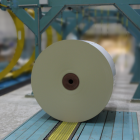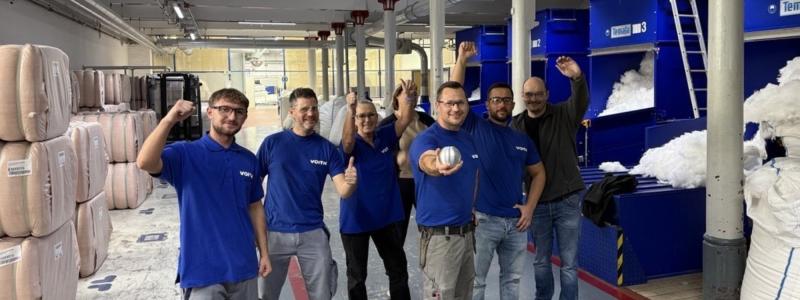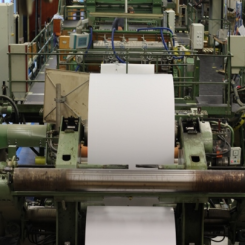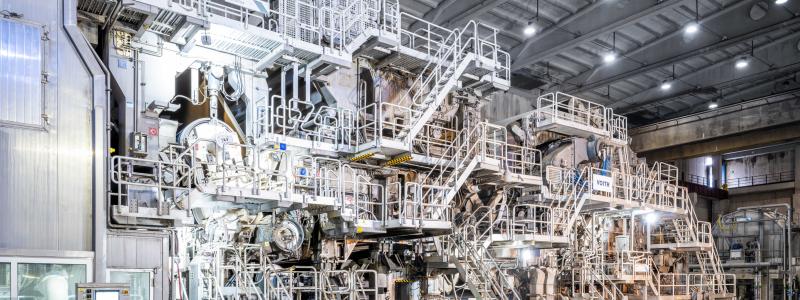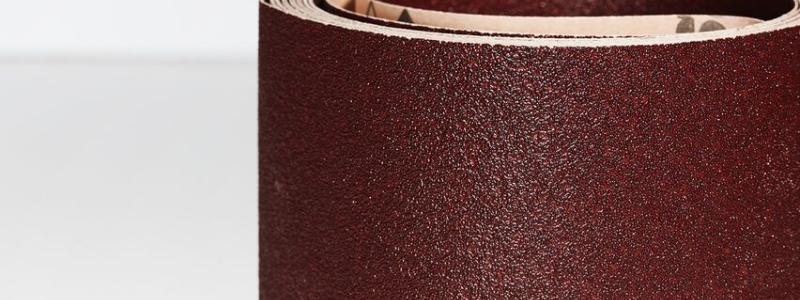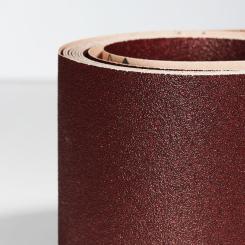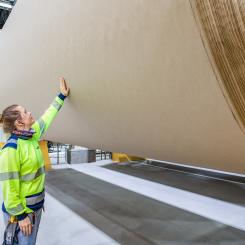Corrugated fruit and vegetable packaging outperforms returnable plastic crates (RPCs) when it comes to micro-biological contamination, according to FEFCO, which cites a recent study that has found corrugated trays keep fruit fresh for up to three days longer.
New research led by Professor Rosalba Lanciotti and her research team (mainly Dr Francesca Patrignani and Dr Lorenzo Siroli) at the University of Bologna’s Department of Agricultural and Food Sciences showed why. It revealed that microorganisms died much quicker when placed on corrugated surfaces. The research showed that microorganisms survive longer on the plastic surfaces whereas with corrugated packaging, they get trapped in the paper fibres and die due to the lack of water and nutrients.
The study looked at both pathogenic microorganisms that could cause foodborne disease, and spoiling microorganisms that could affect shelf-life and the quality of fruit. After both corrugated and plastic surfaces were inoculated, the cell loads of the microorganisms were checked over time.
Scanning electron microscope (SEM) images showed that after few hours the superficial contamination on corrugated surfaces was much lower than on plastic materials. The reason was because corrugated surfaces could entrap the microbial cells within their fibres. Once the cells are trapped, researchers saw how they underwent lysis: their cell walls and membrane ruptured, the cytoplasm leaked, and the cell disintegrated. This phenomenon was observed in all the target microorganisms that were studied, including pathogenic and spoilage microorganisms of food interest.
By contrast, the scanning electron microscope images of plastic showed smooth, continuous surfaces unable to trap microorganisms. However, the presence of tiny cuts and scratches on the surface of the RPCs can favour microorganism proliferation. These marks from damaged and worn plastic are difficult to clean in an industrial process: they can easily fill with organic matter that microbial cells feed on to survive and grow.
The test was conducted with both packaging materials under the same environmental conditions, with both stored correctly.


